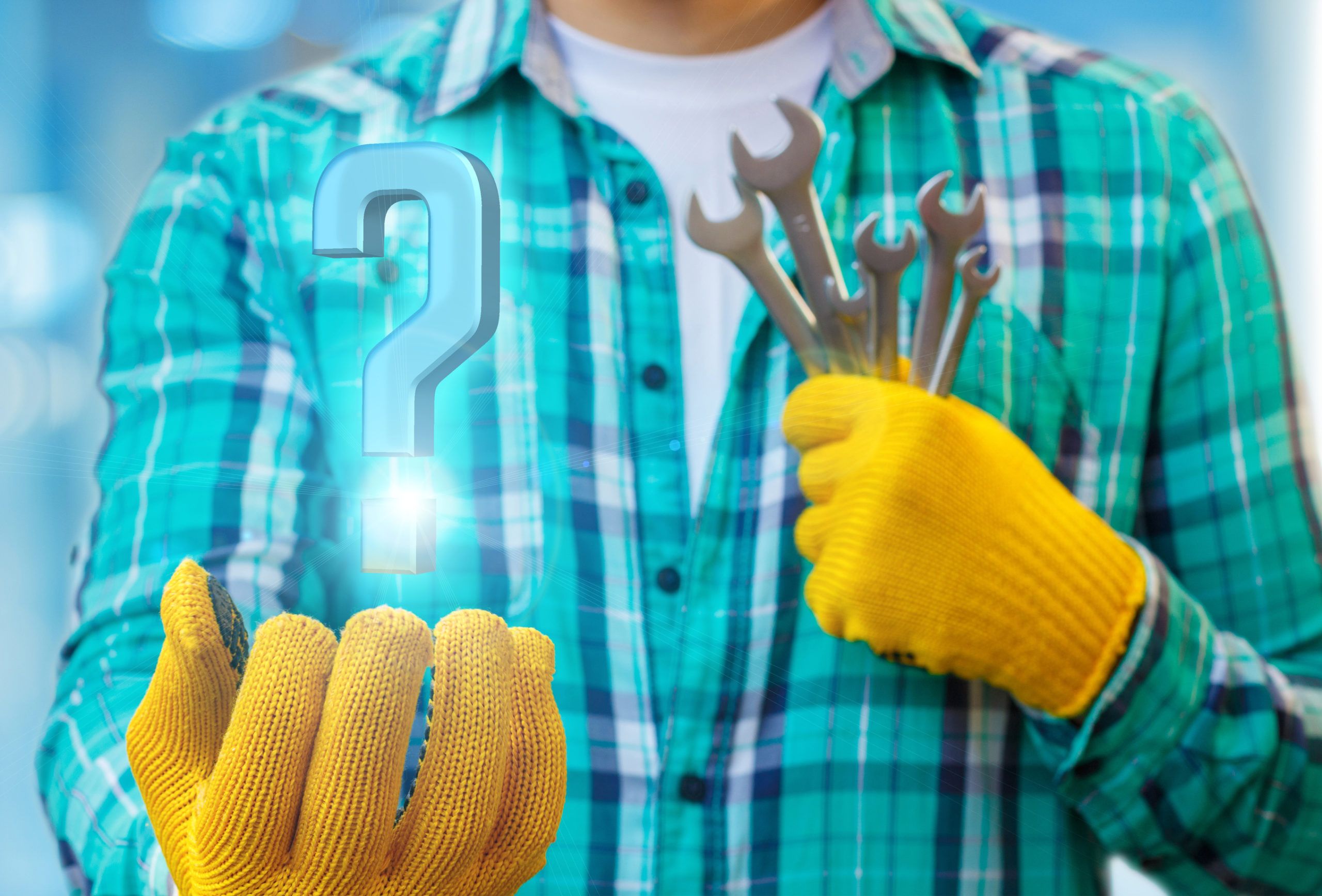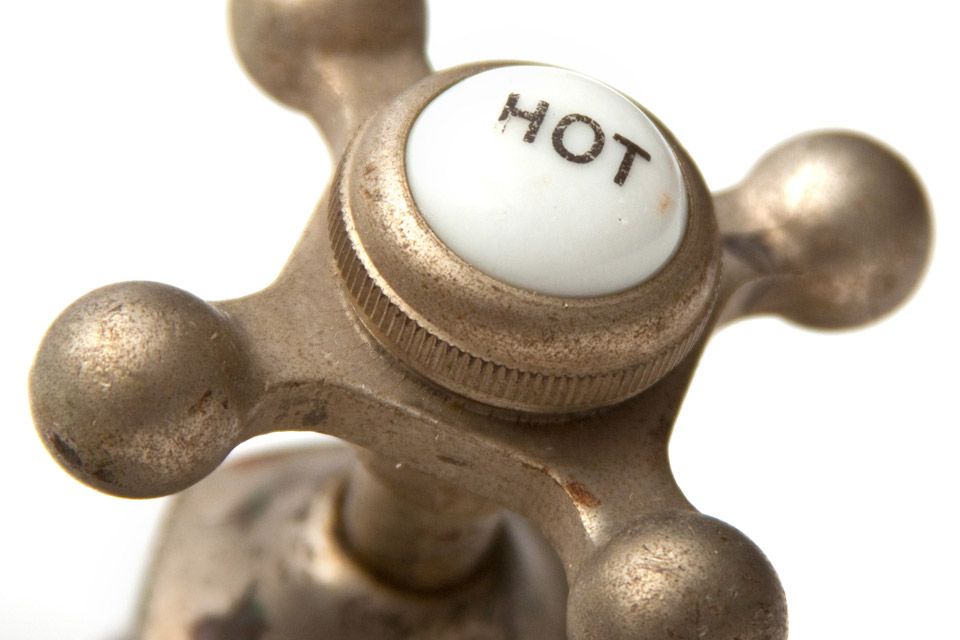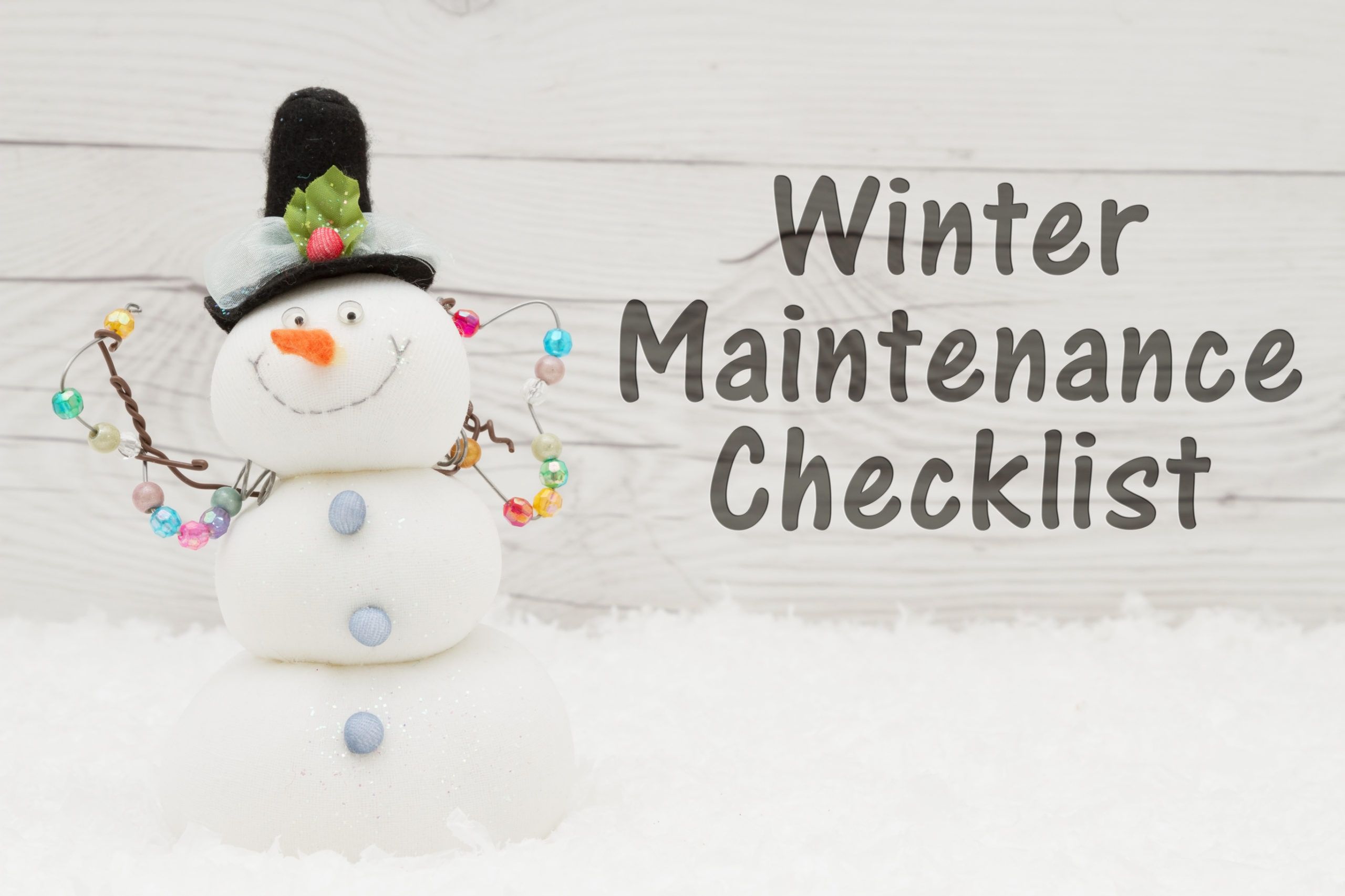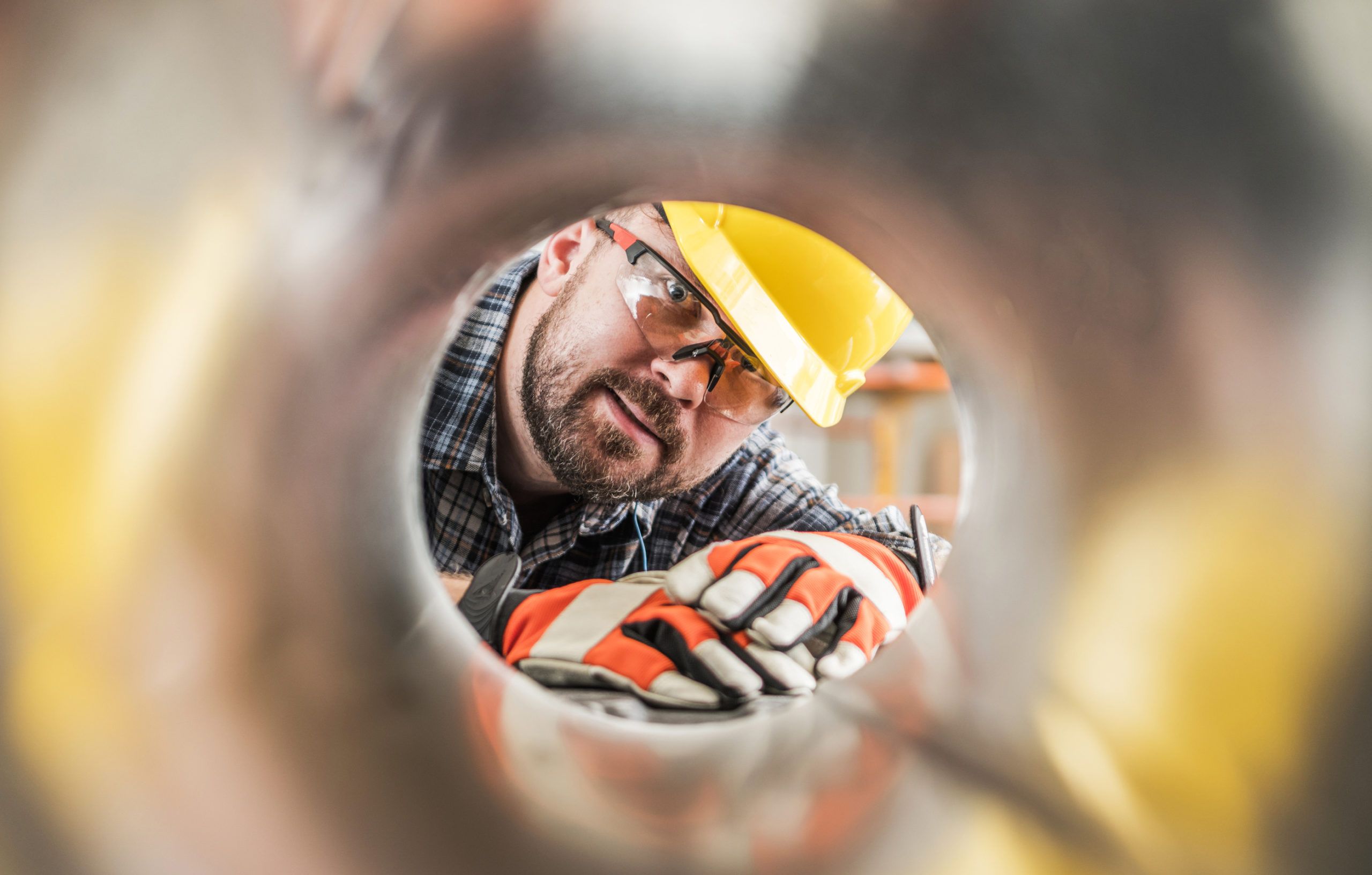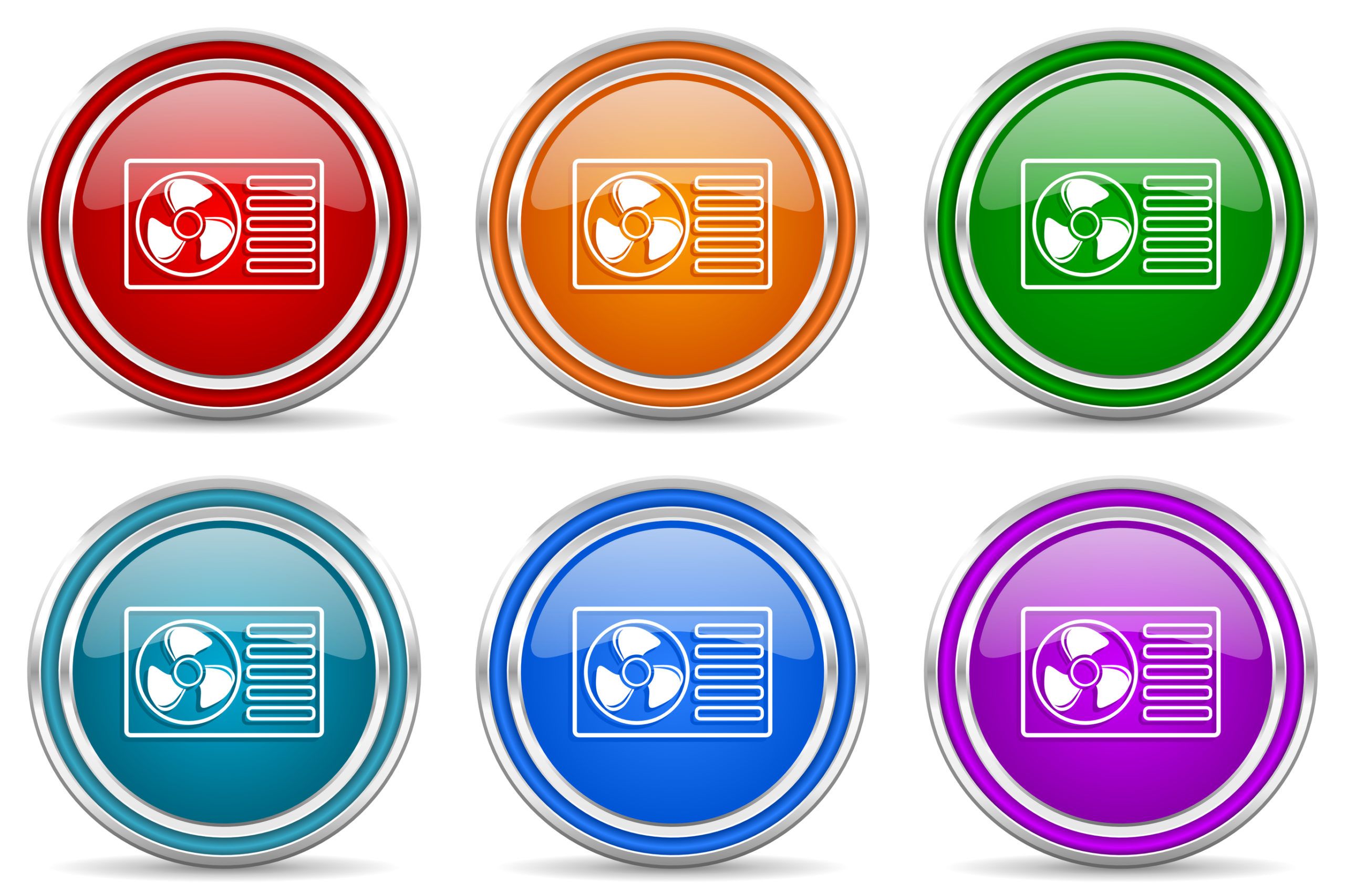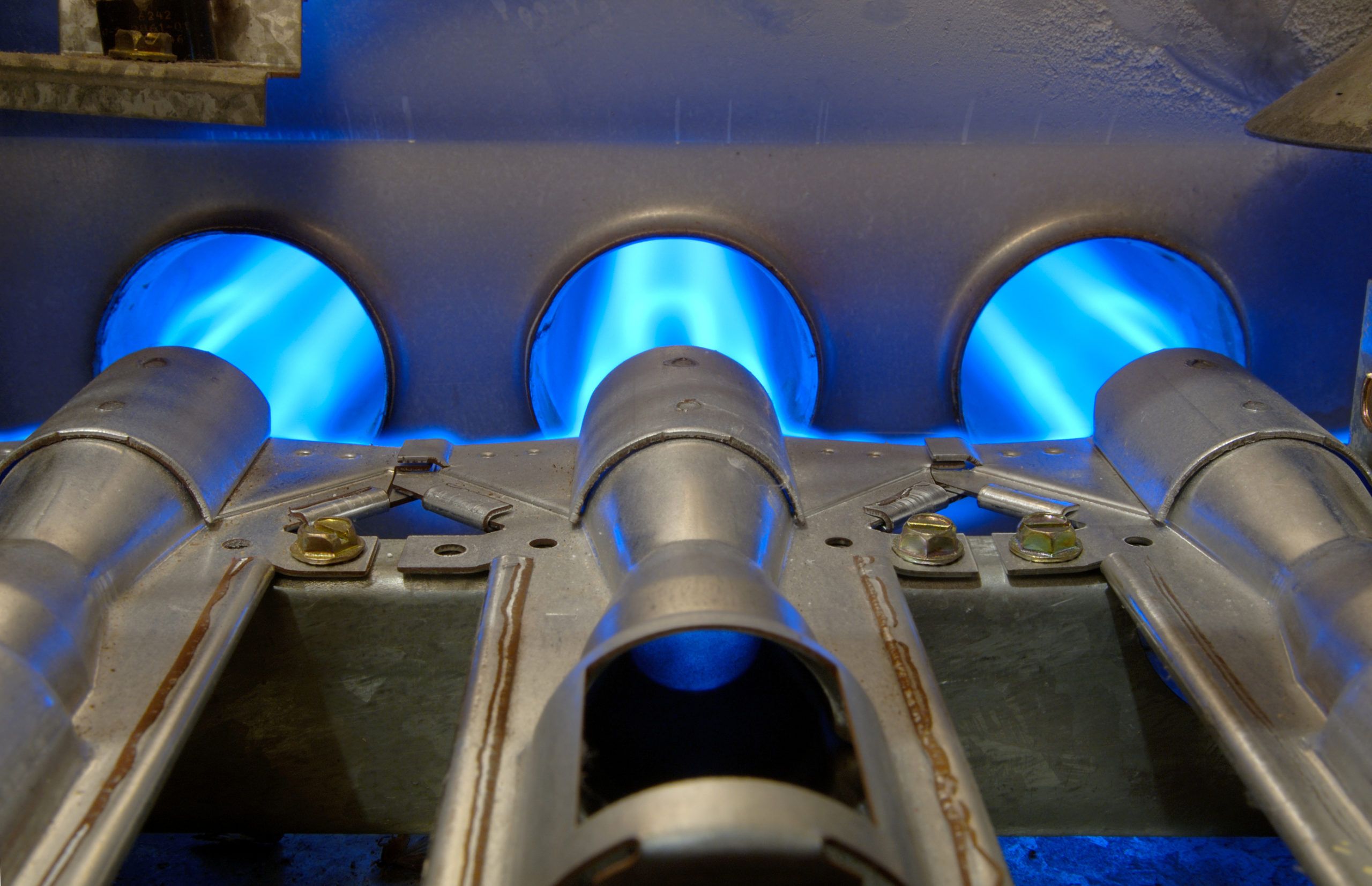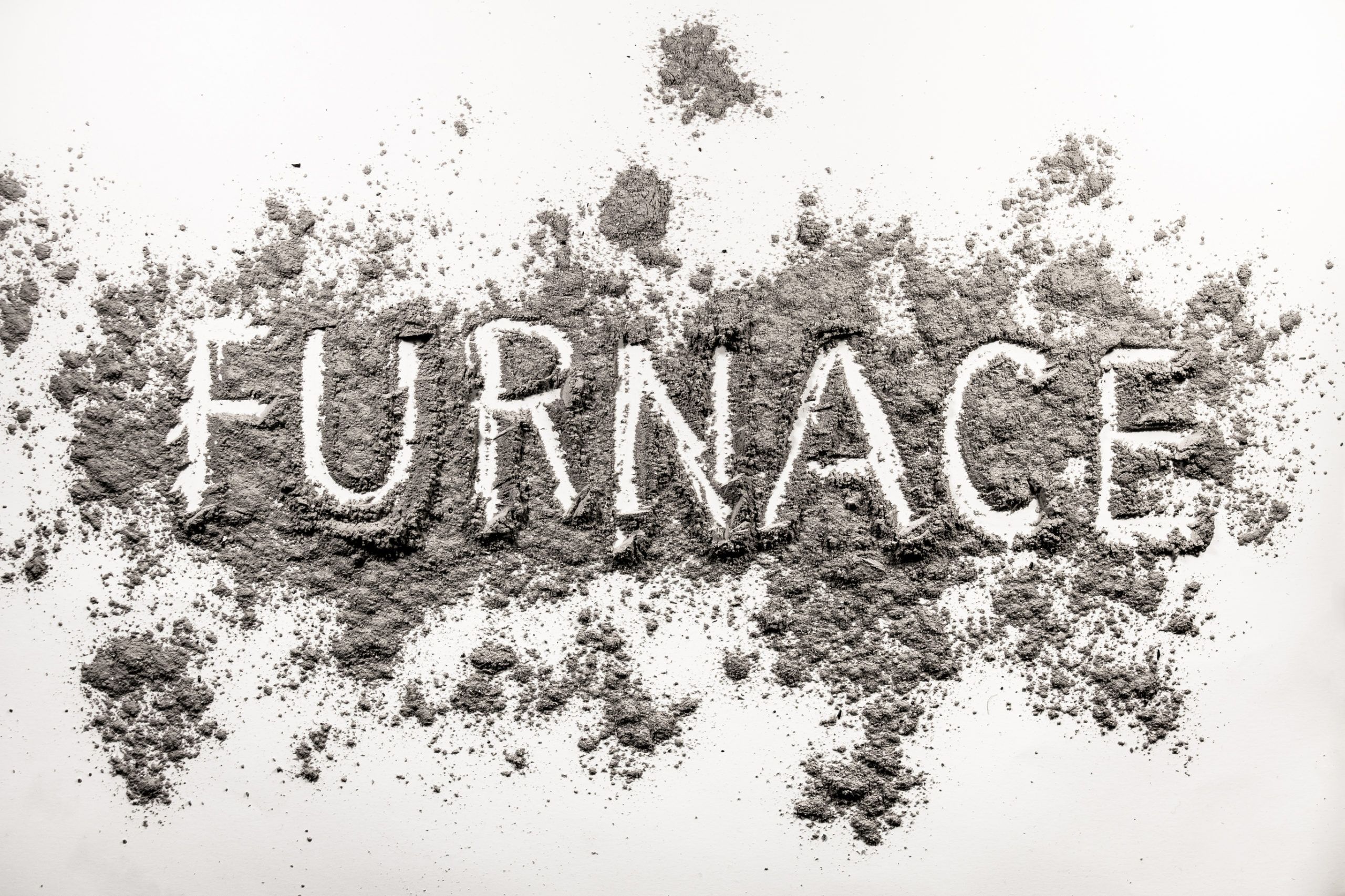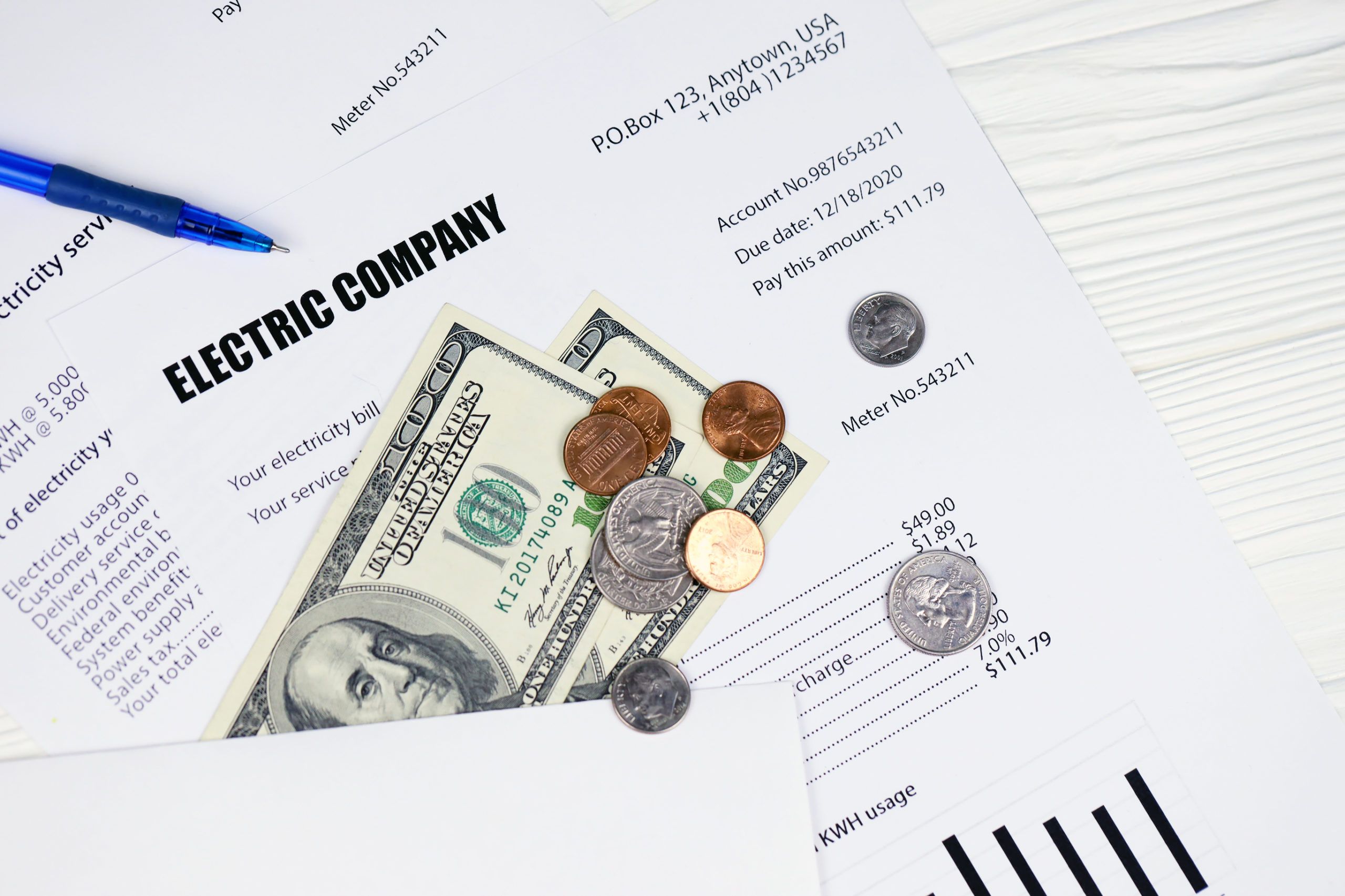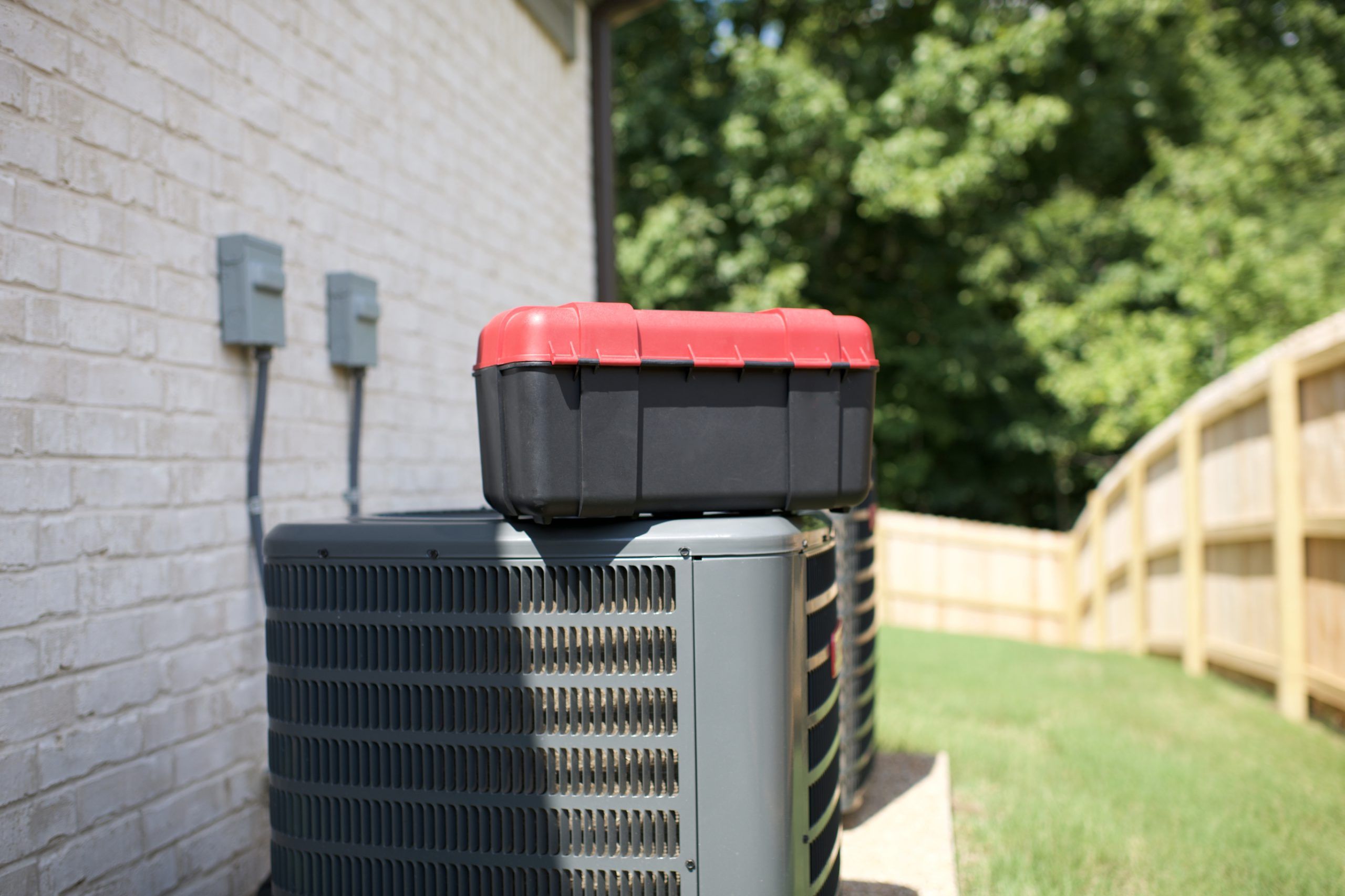Questions to Ask Before Buying a New Furnace
You spent some money on repairing your furnace last year and now it isn’t working again. Should you consider a new gas furnace? Maybe a heat pump or mini split would be a better choice. You are wondering what the best way to heat your home is. What about efficiency for lower utilities, financing, air quality, discount pricing, and more? It’s your decision, but you will feel better if it is an informed decision. Heating and cooling systems have a long life expectancy. You want to make a decision that you won’t regret in a few years. You need to talk to a trusted HVAC professional like the good people at Semper Fi Heating & Cooling.
- Repair or replace?If your system was installed before 2006, congratulations! You have enjoyed many years of home comfort, but it is time for a replacement. Your system is very likely at the end of its operational life expectancy. It does not meet modern energy efficiency standards. The good news is that your new system is going to be more efficient and you should save on utility costs.If your system is newer than 2006, the decision is not so clear. Repair history is a factor. If you have been experiencing expensive repairs every year, replacement may be a better choice. If your system has not been getting regular preventative maintenance over the years, it may need replacement sooner. Is your system keeping your home warm in winter and cool in summer? If it is not providing you a comfortable home year-round, consider replacement.
- What type of system?Should you stay with the gas furnace and central heating and cooling or switch to a heat pump? It is usually a little less expensive to stay with what you have. The unique size and configuration of your home matters. Local utility availability and costs are a consideration. Your HVAC professional can help you with the decision. However, the most important consideration is how happy you are with what you have.Another decision is if you should replace only the furnace or furnace and air conditioner. Furnaces have a longer life expectancy than air conditioners. If your air conditioner has been replaced in the last five to eight years, you may not need to replace both. If neither have been replaced for 20 years, then both should probably be replaced.
- What size for my home?The right size for an HVAC system is slightly larger than the smallest size that provides the home comfort level you are satisfied with. Too small and you will be cold in winter and hot in the summer. Too large and you will be paying for a larger system and higher utility bills. If you made an addition to your home since the current system was installed, you will need a larger system as a replacement. An HVAC professional can calculate the right size for you.
- Is financing available?Like Semper Fi Heating & Cooling, most HVAC companies offer quick, easy, and flexible financing options. Equipment manufacturers sometimes offer rebates. Tax credits are also available for some new equipment. HVAC companies may offer pre-season or end-of-season reduced pricing on full system replacement. Uniquely, Semper Fi Heating & Cooling offers a 20% discount to veterans, first responders, and their families.
- Will a new furnace be more efficient?If your system is old enough that you are considering replacement, the system you replace it with will be a higher efficiency system. Efficiency standards have evolved significantly over the past few years. You can be sure that your new system will be highly efficient.
For more information about furnace replacement, tune-ups, or other heating and cooling problems, call the expert technicians at Semper Fi Heating & Cooling at 480-616-3636.
